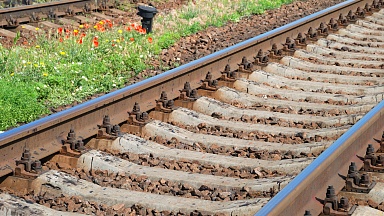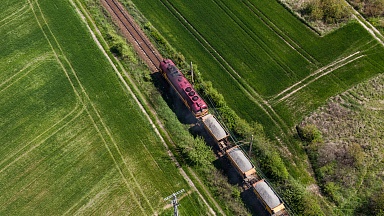In a year during which millions in Europe have been confined to their homes and travel activity has dropped dramatically, the question of whether one should take the train or the plane might not seem pertinent. However, before passenger numbers started dwindling in the wake of the pandemic, demand for passenger transport was on a steady upwards trajectory with by far the strongest growth seen in air travel. This long-standing trend is set against the backdrop of the climate crisis and persistent problems with air pollution and environmental noise in Europe. All modes of motorised transport contribute to these problems but to different degrees.
The report’s topic is also linked to the question of how to achieve a green and resilient economic recovery. The current situation is an opportunity to reflect and to innovate. For these reasons, ’train or plane?’ remains a timely and important question.

The European Green Deal includes the objective of reducing the greenhouse gas (GHG) emissions from transport by 90 % by 2050 compared with 1990. Facilitating a shift towards the most sustainable transport modes can make an important contribution to reaching this objective. For passenger transport, a shift from air to rail travel potentially plays a key role.

- Despite the rapid growth of high-speed rail in the last few decades, passenger rail transport is still mainly seen by users as a viable choice for domestic travel.
- There is not yet a real European high-speed rail network because of a lack of connections between the national lines.
- Air travel in the EU-28 grew considerably between 2000 and 2018. A substantial share of air travel and flights is national or intra-EU, market segments for which rail can be an alternative.
- While high-speed rail has an impact on the number of seats offered, there is mixed evidence for how this affects the number of flights, which is most relevant from an environmental point of view.
- Evidence shows that 4 years after the introduction of high-speed rail 10-20 % of demand is new, induced, demand, with variations across routes. The other high-speed rail travellers switch from a different mode. The main modal shift is from conventional rail, but for particular routes the shift from air travel is considerable.
The full version of the article is available here.



